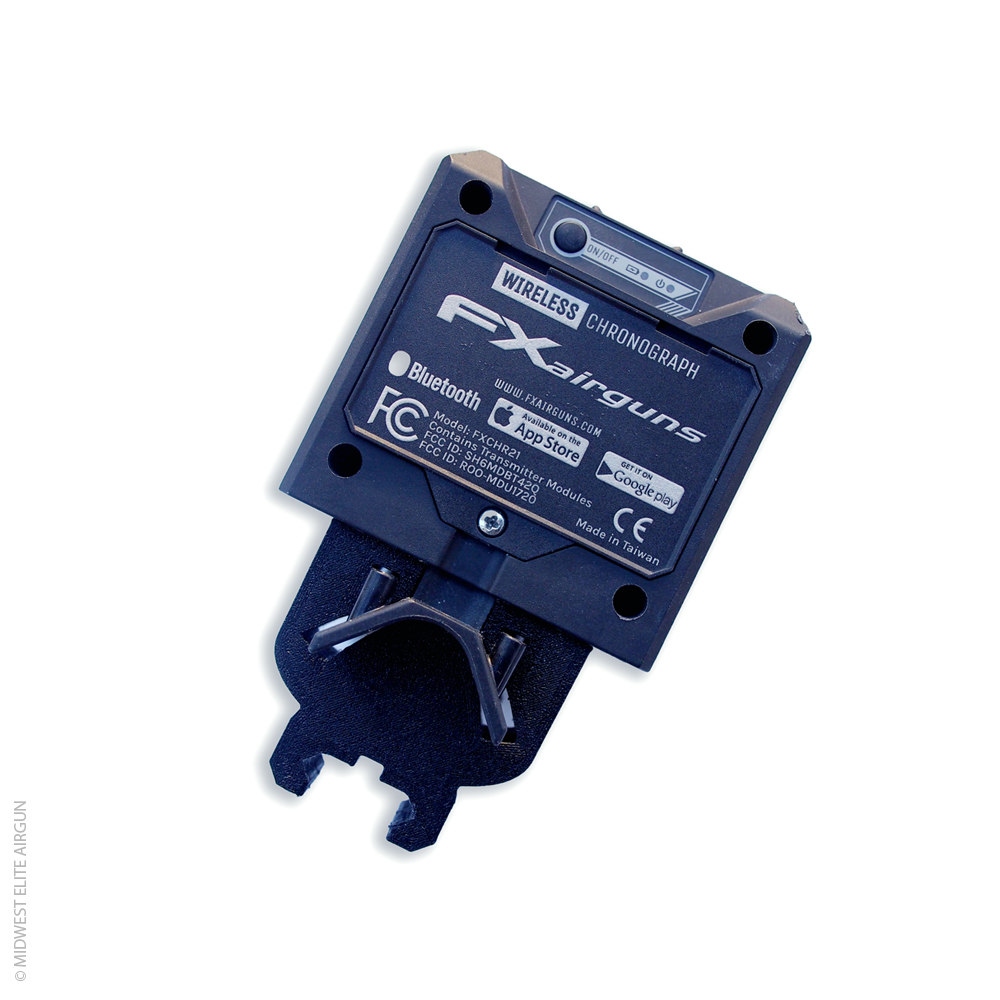There are a few basic rules which have to be followed when using any radar based chronograph if you want to obtain accurate velocities. Of course, when you are measuring velocity, you may not need the degree of accuracy we were looking for when I used multiple radar sets in trials. We would always have two muzzle velocity radars operating side by side measuring the muzzle velocity, and they had to agree to within 3ft/sec with each other. These were $20,000 units, so more powerful than FX or LabRadar.
You have to remember when choosing the position of your radar that it doesn't know where your gun muzzle is and quite frankly it doesn't care. All the radar is measuring is the speed, and maybe the distance, of the pellet/slug as it travels away from the radar. It does not measure the speed at the barrel, nor does it measure the speed of the pellet/slug away from the barrel. As a result, the further away from the barrel the radar is positioned, the less accurate the readings will be due to the angles between the radar beam and the flight trajectory and the bigger the error between the calculated speed at the radar and the true muzzle velocity.
If your radar is positioned too far away from the barrel muzzle, it will be further down range before the radar picks up the pellet/slug. It will also have less data to use before it looses the trajectory, particularly with smaller calibres. As the radar does not measure the velocity at the start of the trajectory, it has to take the data it does have and try to work back to calculate the velocity of the trajectory at the start. The more data it has and the sooner it starts, the more accurate the calculated velocity at the radar will be, but it is still an estimate which will depend on the method used to work back from the measured data.
So the further the radar is away from the muzzle, the less data it will collect and the longer distance it will have to try to work back to calculate the speed at the radar at the start of the trajectory. This is in addition to the angular errors in the measurements, which will be greater for the initial data points and thus have more effect on estimated muzzle velocity. This is true for all radars, not just the FX.
On all the trials I used to carry out on small arms, apart from the weather, it was always the muzzle velocity radars which gave the most problems and caused the most delays.

